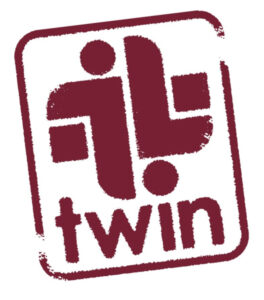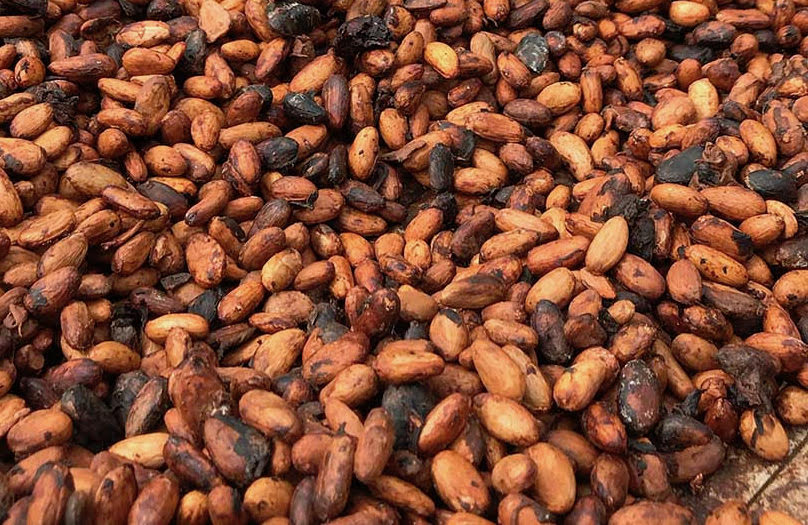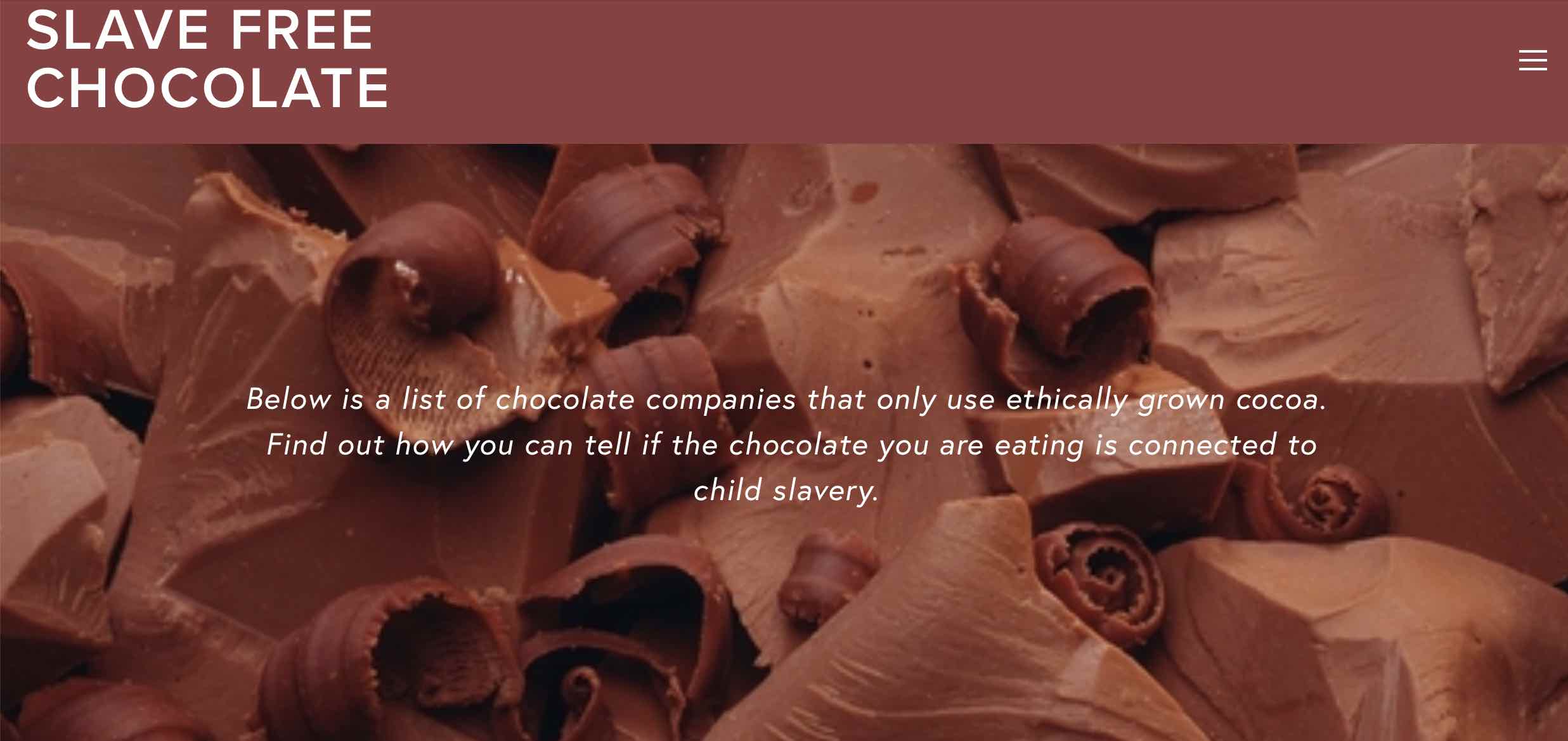I was privileged to attend the FCCI Chocolate Conservatory last month, representing Twin & Twin Trading. Below is the post I wrote for Twin after our thought-provoking panel conversation on specialty cocoa trading.

———–
In early October, I had the opportunity to represent Twin & Twin Trading at the inaugural Chocolate Conservatory, hosted by the Fine Cacao and Chocolate Institute (FCCI) at Harvard University. Carla Martin, the Founder and Executive Director of FCCI, asked me to participate on an expert panel entitled “Impact and business practice in specialty cacao.” My fellow panelists were Abel Fernandez, Export Manager for CONACADO producer organization in the Dominican Republic; Dr. Erica Caple James, who is researching Haitian cocoa in her faculty role at MIT; Jesse Last, Director of Sourcing & Strategic Initiatives for Taza Chocolate; Heriberto Paredes Urena, from Zorzal Cacao, also in the Dominican Republic; and Emily Stone, co-founder and CEO of Uncommon Cacao.
As you can see, we all work in different locations in the specialty cocoa industry. “Impact and business practice” was broad enough, however, for each of us to speak meaningfully about our work. I took the opportunity to talk about Twin Trading’s role as an intermediary in specialty cocoa, and to be transparent about its operations—including the value that Twin Trading brings, specifically as an intermediary.
“Transparent” now feels like a charged word. Perhaps it should be a neutral term, but at least in cocoa, being “transparent” has become almost a morally good act in itself. If companies are transparent—for example, by publishing reports on their sourcing practices, as both Taza Chocolate and Uncommon Cacao do—then that act of revealing business detail seems, already, a “good” deed. If a company is not transparent, then it may seem as if it has something to hide, and the lack of transparency is therefore, on its own, “bad.”
But being transparent as a trading partner in specialty cocoa poses a number of challenges, many of them to do with effective communication. What if the information that is necessary for transparency is confusing, or dull, or—worst of all—might even appear to show harm?
On our panel, Jesse Last spoke about the risk that information in transparency reports may be read out of context. Taza was the first company in what we sometimes call the craft chocolate sector to produce a transparency report, which has influenced what transparency looks like in specialty cocoa more broadly. The company has more experience than most when it comes to communicating honestly and effectively with interested readers. Jesse gave an example from a recent Taza transparency report, in which it might appear that one of Taza’s export partners had paid the farmers in its network a “low” price for their cocoa, compared to others.
However, within that context the price was quite high. Moreover, Taza’s price had the effect of putting upward pressure on the cocoa buying price in that area. This is a positive and noteworthy achievement, but it may not come across when readers are looking at a price chart.
Even the most motivated consumer may not spend time delving into the specifics of every specialty cocoa trade, to learn about context and to connect all the complex components. And that is OK—I am not suggesting that every person should spend her time doing this. I am suggesting that the complexity of trading, particularly when a goal is to support vulnerable producers, may not lend itself so easily to transparency.
Some parts of trading can seem tedious: tracking vessel schedules, making insurance decisions, calculating margins. Some parts are so complex, such as the mechanisms of price risk management, that it can be challenging to explain them at length, never mind in the brief space afforded by a transparency report.
There is also a popular idea that trading should be lean, minimal, and expeditious to give the best deal to smallholders. To put it another way, trading should involve as few “middle men” as possible, and that will help smallholders gain the most value from their crop.
But in fact, as Emily Stone put it, “middle women” in specialty cocoa add value. Trading is not so easy as picking up a phone and letting someone know you have specialty cocoa to sell. It involves an on-going, dedicated process of negotiation and relationship building, much of it conducted by intermediaries, whose goal is a sustainable business for all involved.
At Twin Trading, indeed it is a middle man—Matt Earlam, Head of Trading—who is responsible for drawing up cocoa contracts for the good of all parties. These contracts must serve, at minimum, smallholders, the producer organization, and the buyer, each with a different set of needs that must be met for the trade to work properly. And, of course, it must also serve Twin Trading, so that it can stay in business and continue this work. Negotiating that, especially when the goal is to generate stability and healthy returns for smallholders, takes commitment and talent. It is no exaggeration to say that specialty cocoa trading would not be happening on its current scale—and it certainly would not grow—were it not for such intermediaries.
The panel was very thought provoking, and I am grateful to the FCCI for creating a space for the conversation. Hopefully specialty cocoa traders can continue along this road to “transparency,” in a way that recognizes contributions and added value at every step, with nuance and engagement, and bringing caring consumers and other interested supporters along with us.
This post was first published by Twin & Twin Trading, November 9, 2018.




